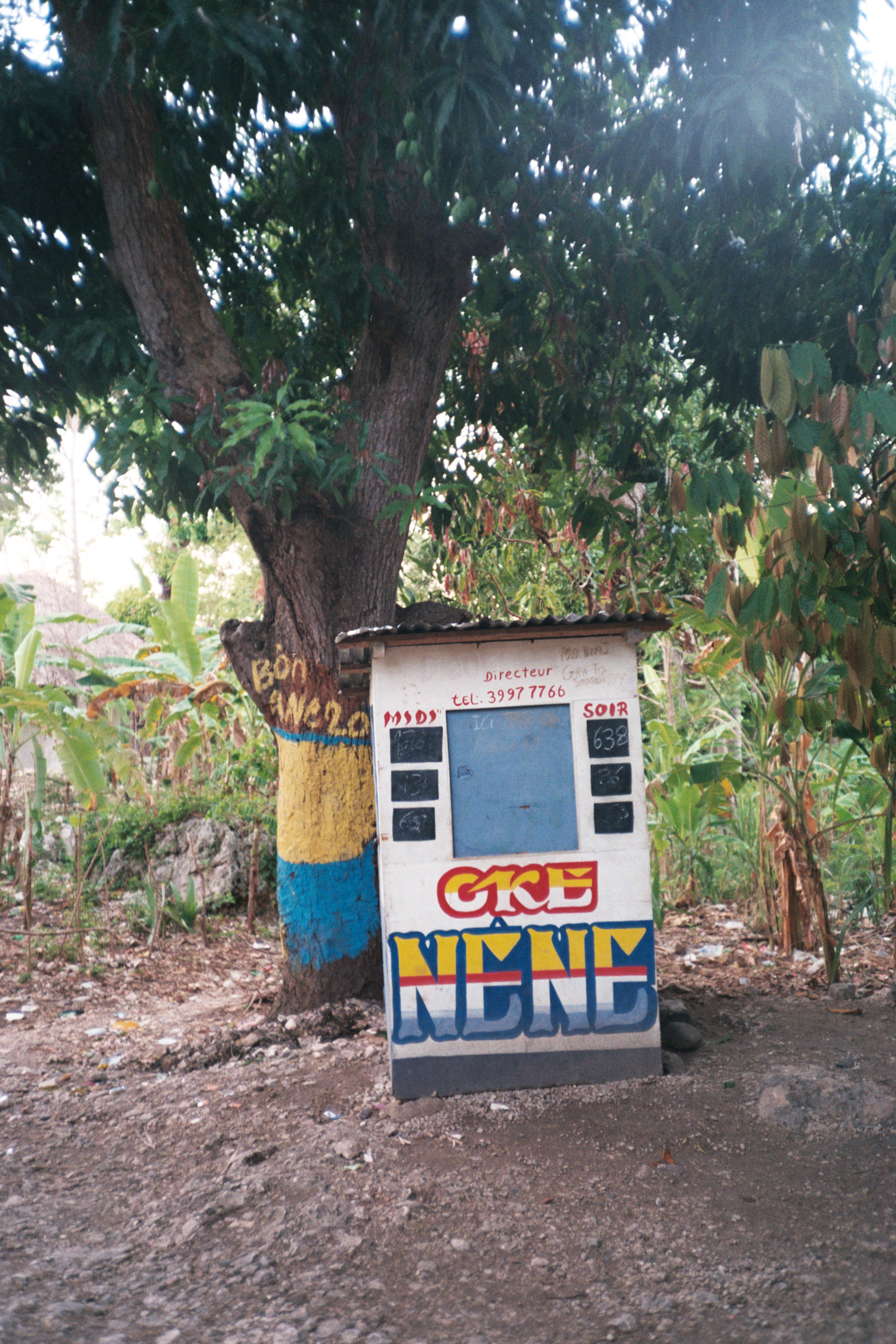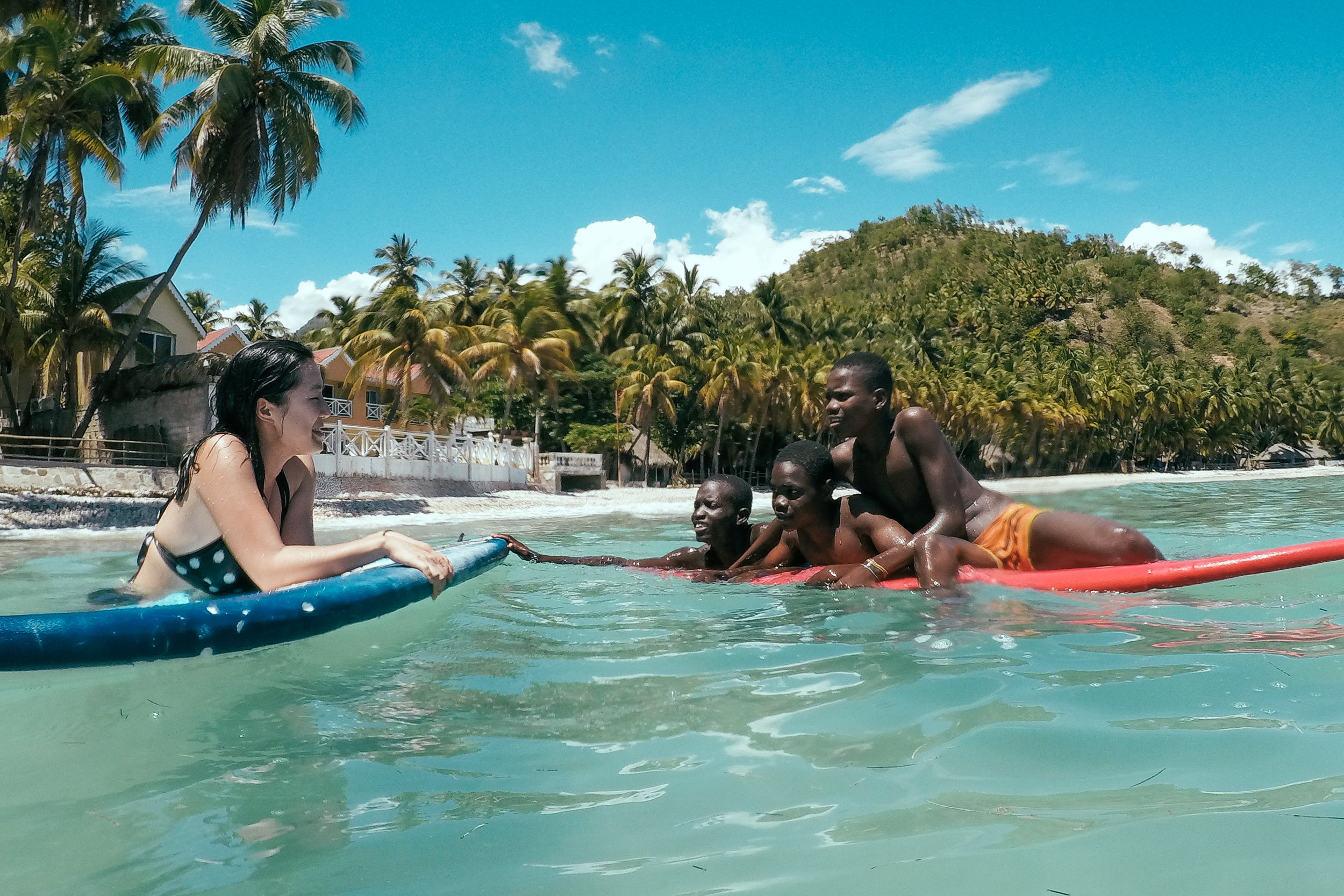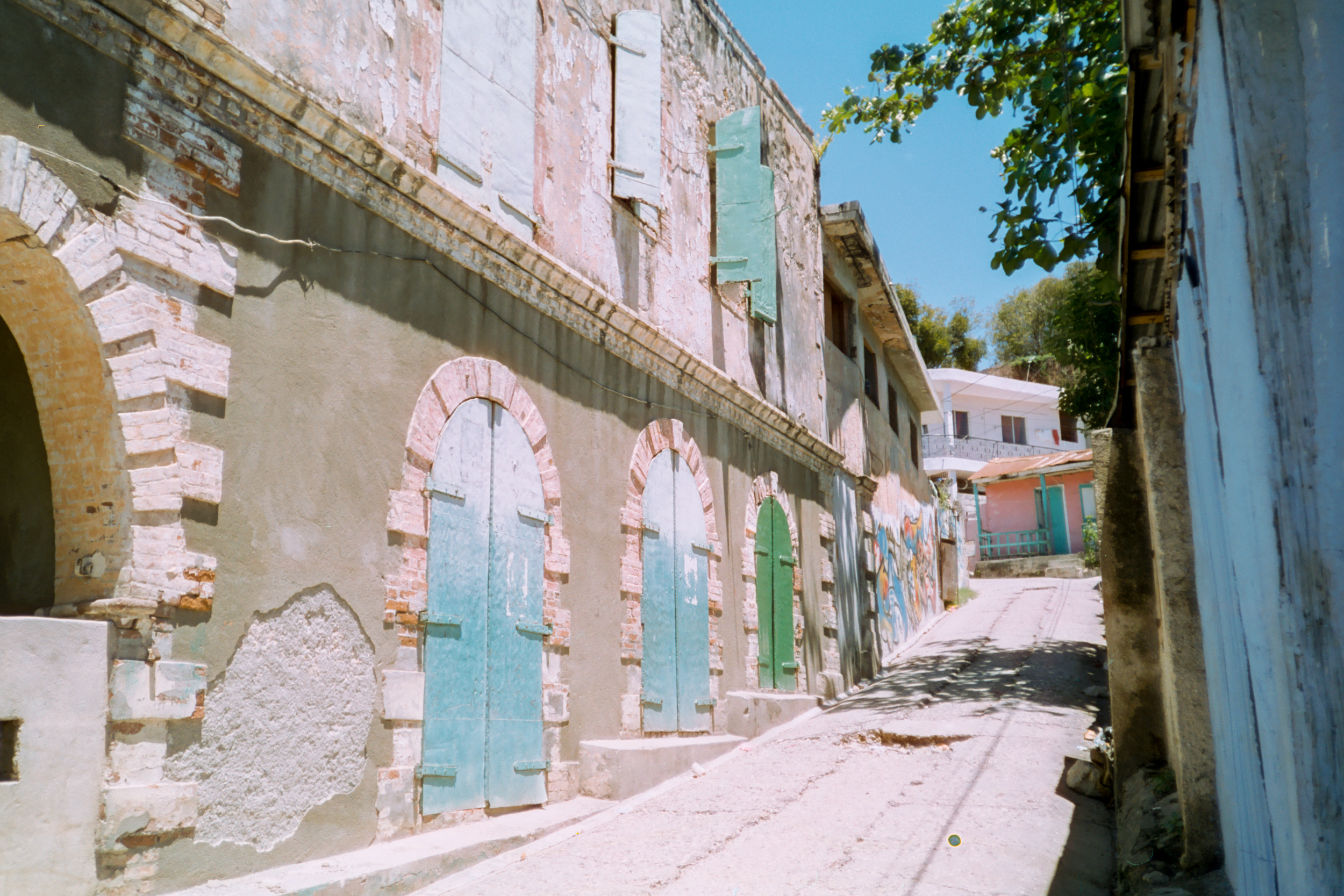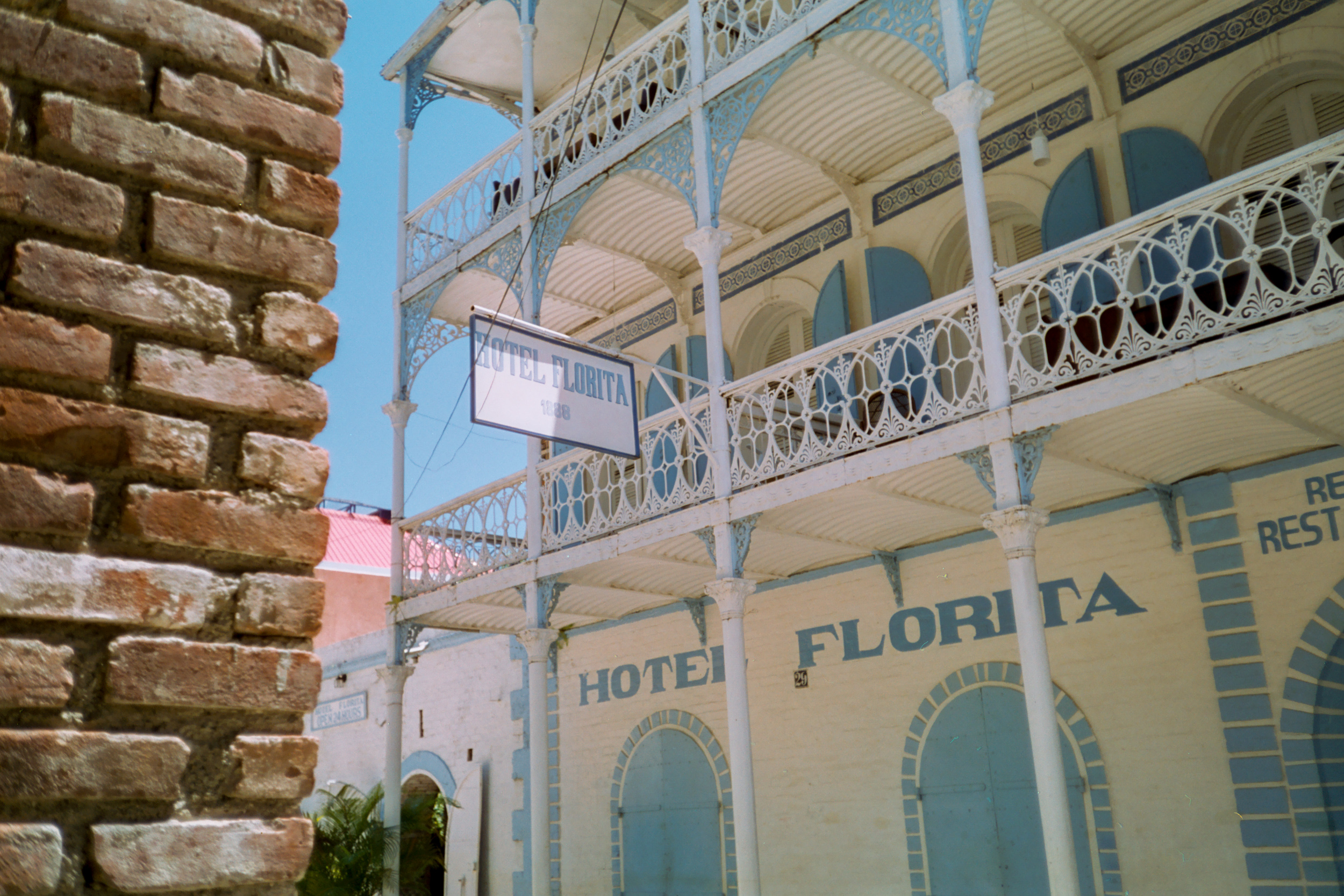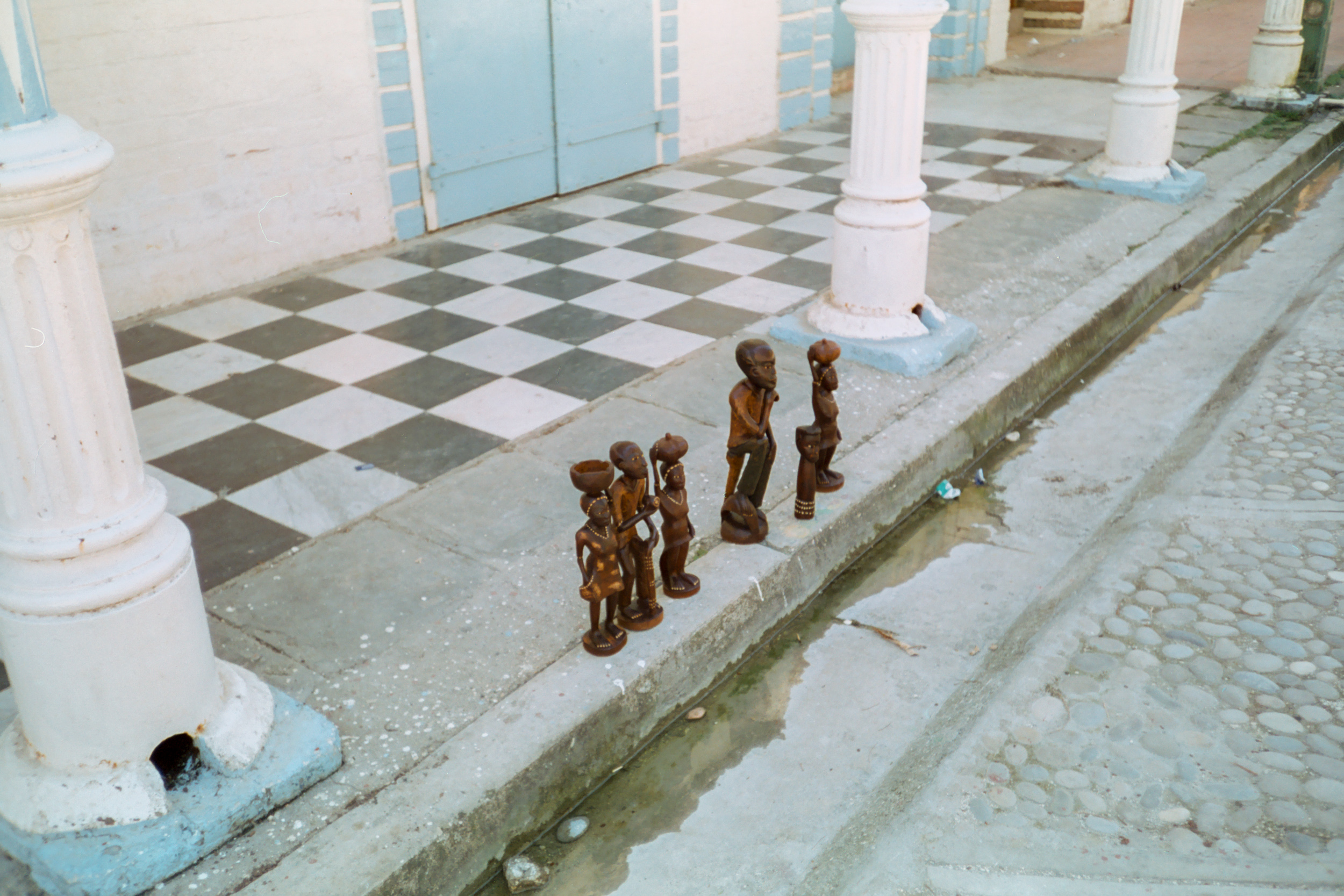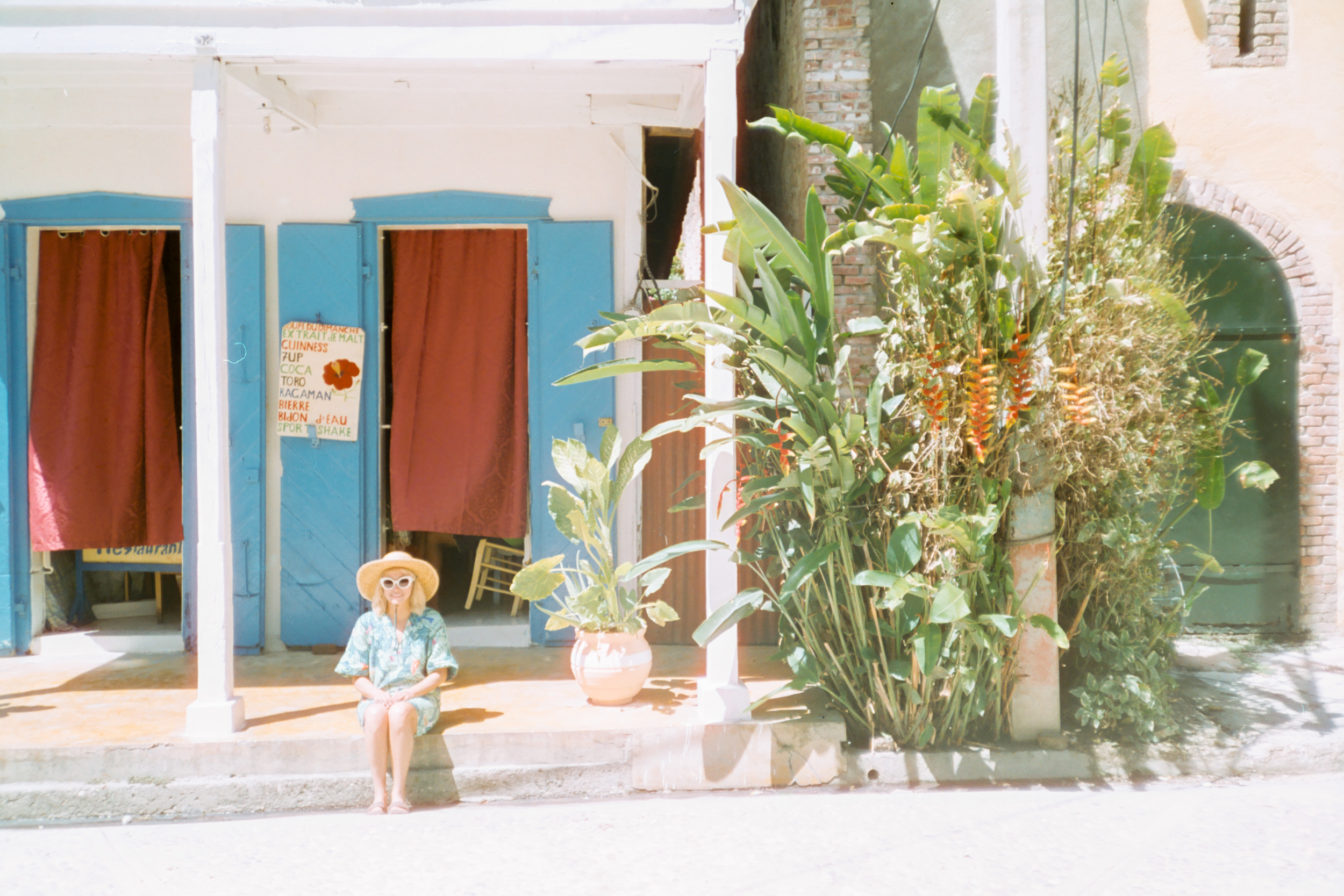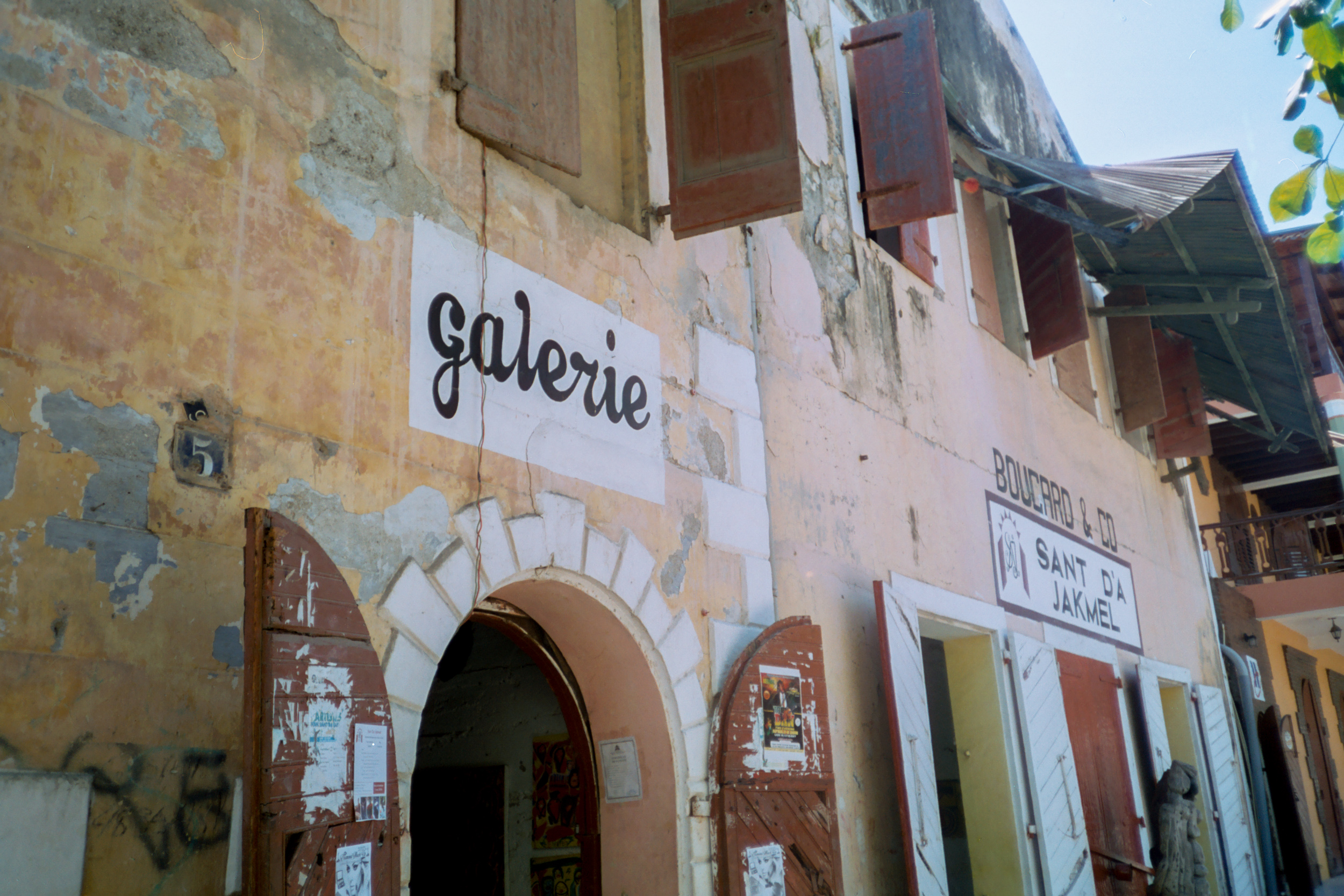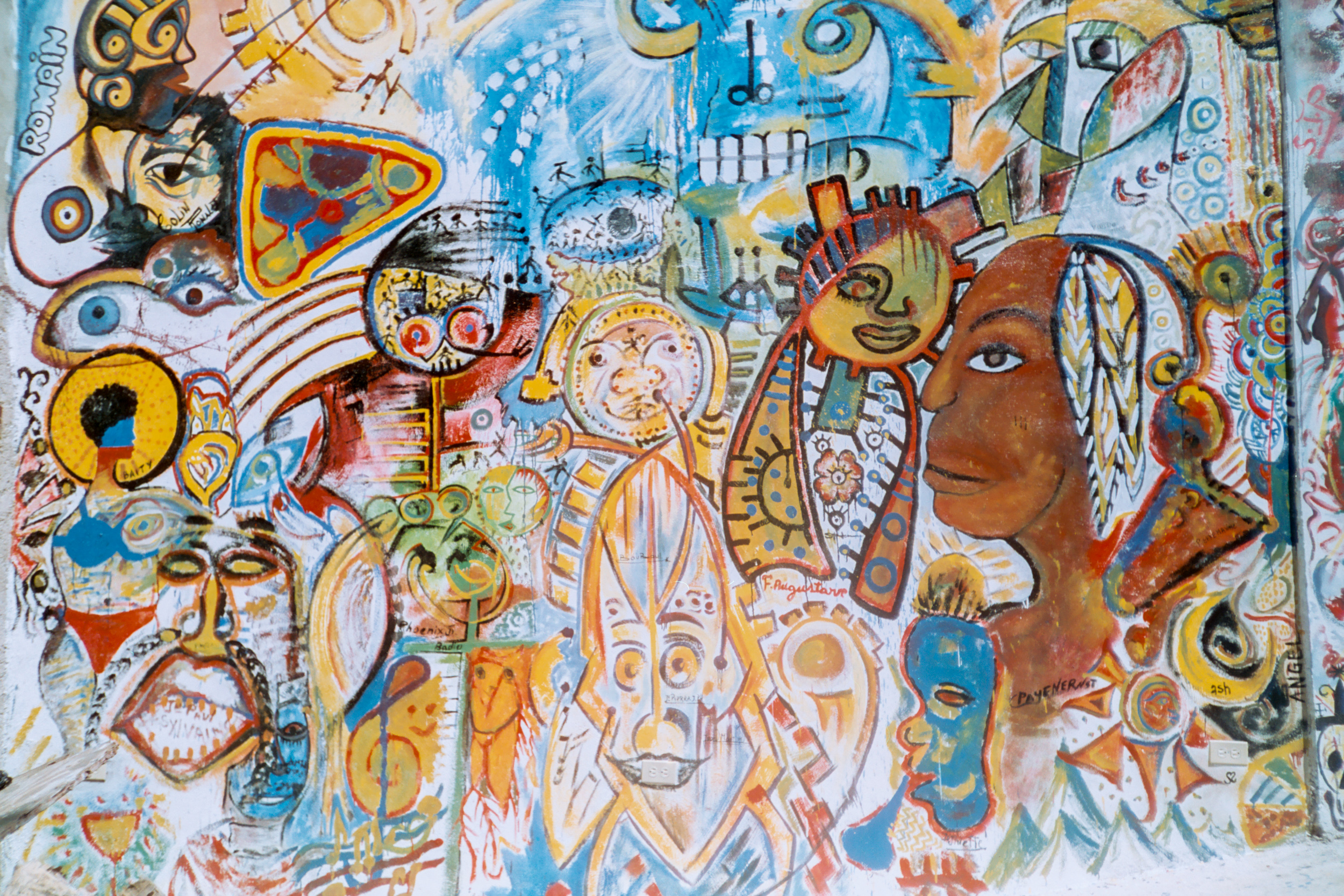Jacmel, Haiti
Haiti is not somewhere I thought I wanted to go, but when I received the invitation to travel to Haiti to volunteer with the organization LIDE Haiti, I felt that I needed to go. I have had the privilege of traveling to over 40 countries in the world, seeing many of the planet's most beautiful places. I don't leave home only to see places that are scenic and pristine, I also travel to broaden my understanding of our world and lives lived by others in it. This is why I have also traveled to places like Soweto Township in Johannesburg, South Africa and the Chernobyl Exclusion Zone in Ukraine.
My friend Saelee invited me to volunteer with her at LIDE Haiti this past April, and she and I recruited two more friends to join us. I knew that traveling within Haiti would require additional safety precautions, so I felt that traveling with a mix-gendered group would be a good idea. Our plan was to spend a week teaching art with LIDE in Gonaives, which is a 3-hour drive north of the capital Port-au-Prince. Once in Gonaives, sightseeing or venturing out to explore would neither be safe nor scenic. I was looking for a laid-back Haitian cultural experience and some Caribbean Sea time, so we chose to visit Jacmel. I found a guesthouse online called Surf Haiti Guesthouse, just east of Jacmel in Cayes Jacmel. Surf Haiti Guesthouse is operated by the founder(s) of an organization called SURF HAITI, which teaches local Haitian kids to surf. I was intrigued by the idea of visiting Haiti and potentially being able to surf there, and to witness Haiti's developing youth surf scene.
CAYES JACMEL
Christophe from the Surf Haiti Guesthouse connected us with a private driver who picked us up at the Port-au-Prince airport (which went smoothly as we were able to use WhatsApp to communicate). The drive from Port-au-Prince to Jacmel was a 3 hour trip out of the congested capital, through the suburbs and countryside, and winding down the hills to the coast. Our driver Jakson spoke some English, and kept us feeling safe both while driving and walking around. Jakson seemed to know everybody, he's quite the popular guy around town!
Caribbean blue water and palm trees at Cayes Jacmel beach
As luck would have it, the sea was completely calm and there were no waves to be ridden while we stayed at the Surf Haiti Guesthouse. That didn't stop us from renting a surfboard to paddle around, which attracted some of the local kids who were eager to hang out and play around with us in the warm sea. Most kids only spoke Haitian Creole, but our friend Jenny spoke high school level French—so she could somewhat understand and speak with them for us.
Most of our time in Cayes Jacmel we spent down at the beach, under the shade of the palm trees or swimming in the perfectly turquoise, clear water. This beach felt like it could be in Bali or Costa Rica, except that we were quite possible the only tourists in this entire town.
Every evening we ate at the open-air beachfront restaurant "Le Cam's". I believe that the restaurant is operated by the owners of Surf Haiti, as it seemed that we were the only customers outside of the guesthouses' French owner, staff, and their family and friends. The Haitian women that worked at Le Cam's made us a delicious seafood dinner each night, either garlicky grilled lobster or fish with rice and beans or french fries and fried plantains.
DOWNTOWN JACMEL
We hired Jakson to take us on a separate day trip through downtown Jacmel and to the waterfalls and swimming holes of Bassin Bleu. Jakson took us to the French colonial district where we ate lunch, wandered the streets, and visited an art school and a number of galleries.
Colorful French colonial architecture
Jacmel is Haiti's capital of artists. Here there are many galleries and shops selling paintings, handicrafts, and paper maché sculptures.
Jakson and Jenny at a cafe in Jacmel
BASSIN BLEU
A long 4-WD drive up a bumpy dirt road brought us higher and higher above the city of Jacmel. A few rural homes lined the dusty roads strewn with litter, and I had somewhat low expectations for these swimming holes Jakson was driving us to. We came to the end of the road in a wooded area on the top of the hill, where there were a surprising number of (local) people parked and hanging around. A couple of guides collected an entrance fee from each of the four of us, and proceeded to walk us down a path. I felt a bit uneasy that Jakson stayed behind with the car and these two men we did not know were guiding us into the woods, but sometimes you have to let down your guard a little and realize that not everybody in poor countries is out to scam or rob you. Bassin Bleu is the most visited natural attraction in Haiti, so there is a living to be made for locals here as guides.
Bassin Bleu translates to "blue basin" and is a series of three pools along the Petite Rivière de Jacmel. Crossing the creek, I saw the opaque blue-green water flowing and became very excited to see how blue the blue pools would be in person. When we came to the first of the pools of Bassin Bleu, I could not believe how vibrant and electric blue the water was. This is the color I hoped to see in the Rio Celeste in Costa Rica, but rainy weather had muted the natural color. Our guides proved to be quite helpful and gentlemanly, taking each of our hands as we crossed the creek, helping us up and down the ladders between pools, watching our belongings while we swam, and offering to take photos for us.
Pat at one of the lower pools of Bassin Bleu
The main pool
Saelee on the limestone rock formations at the upper pool of Bassin Bleu
The blue water was cool and clean, and swimming in it was exhilarating. We swam, floated, and jumped off the waterfall for at least an hour, then I quickly flew my drone before we made the easy hike back to our car and driver. In the end our guides pressured us for a bigger tip, which always feels awkward and like kind of a bummer... but its not hard to understand where they're coming from.
A note about my photography experience in Haiti: Haiti is a challenge to fully capture and share. Haitian people are beautiful and I constantly want photograph them, but often they don’t want to be photographed by foreigners. I ask for permission, but sometimes the answer is no. Haitians are sensitive about how their country is portrayed and perceived by outsiders. Many people are very poor, but yet they spend a lot of effort on presenting themselves well. Their haircuts are sharp and their clothes look new and spotless. I don’t think it’s necessary to show you that there is quite a problem with trash, and many people live in less than ideal dwellings. That’s the side of Haiti most commonly portrayed, but beyond that there is so much beauty here.
I traveled only with my iPhone and a Canon 35mm film camera (one of my favorite cameras, but it can be replaced for $40 on ebay) as I didn't want to be shooting with anything too flashy, and I didn't want to risk losing one of my more valuable cameras. I brought with me a recently purchased DJI Mavic Air drone(I wanted to be sure that the 90-day Purchase Protection on my credit card would cover any loss or theft) which I used sparingly as not to attract too much attention.
Local kids fishing and playing on a rock at Cayes Jacmel at sunset


